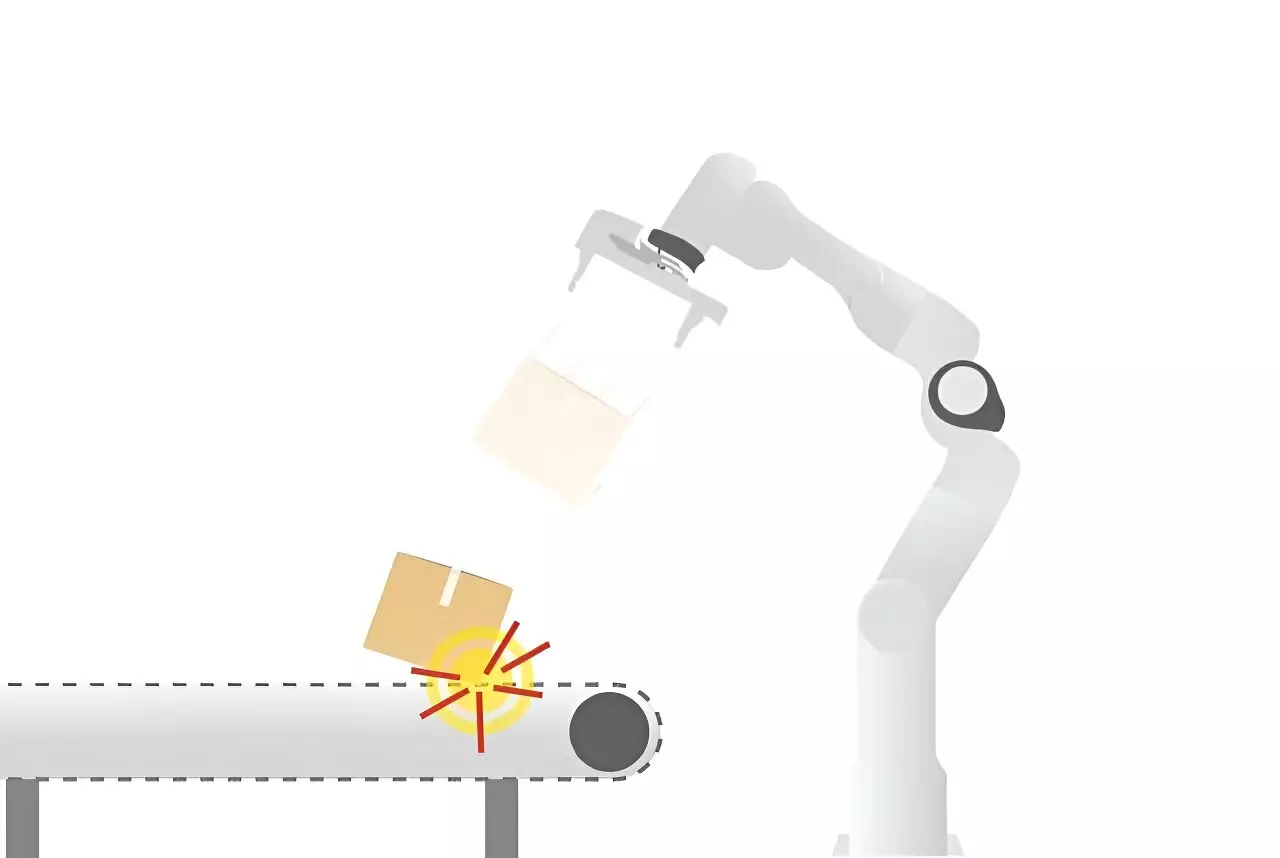The realm of robotics is evolving rapidly, particularly within industries like automotive manufacturing and logistics. Despite the expansion into various applications, conventional robots remain limited by their simplistic operational designs. They often execute predefined sequences of tasks in a repetitive, consistent manner. This reality underscores a pressing necessity in robotics development: the imperative for machines to emulate human-like capabilities. As we move forward, developing skills like fast physical interaction, spatial awareness, and adaptable behaviors will be crucial in enhancing robotic efficiency and functionality.
Recent discussions with Alessandro Saccon, an Associate Professor specializing in nonlinear control and robotics at Eindhoven University of Technology, shed light on the objectives of his recent project, I.AM. This initiative specifically targets the enhancement of robots’ ability to engage in rapid physical interactions, a feature that currently poses significant challenges. In contexts such as airport luggage handling or operations in hazardous environments, the advantages of human-like robotic intervention are evident. However, the actual performance of these robots often falls short when it comes to dynamic interaction with their surroundings.
Most existing robots interact with their environments in a static manner, limiting their capacity to handle unexpected situations or engage quickly with heavy or moving objects. Saccon’s project aims to pivot this paradigm by developing robots that not only avoid collisions but can intelligently exploit them. By shifting focus from simply preventing impacts to learning how to manage and leverage them, this research will expand the scope of tasks robots can autonomously perform, especially in dynamic settings.
Understanding and Executing Impact-Aware Robotics
The core of the I.AM project revolves around developing “impact-aware robots.” These robots are designed to make accurate predictions and respond appropriately during rapid interactions with heavy objects. This requires an understanding of dynamics significantly beyond typical robotic programming, wherein robots are engineered to shy away from making contact at high speeds.
To investigate this, the project’s research combined first-principles physics, focusing on fundamental concepts like mass and friction, with practical software simulations. Through a meticulous cycle of simulation, real-world testing, and analysis, researchers were able to grasp how discrepancies between models and real-world outcomes can inform better algorithms for robotic movement. The development of a novel control algorithm proved instrumental, allowing robots to adeptly and reliably grasp heavy items while adhering to the intricacies of natural physical dynamics.
The Complexity of Human Movements
An intriguing takeaway from Saccon’s research lies in the realization of how intuitively and effortlessly humans execute complex movements and solve spatial problems. While engineers and researchers work tirelessly on advancing hardware and enhancing robots’ spatial perception and planning abilities, there’s still much to learn from human motor functions. Researchers aim to replicate not just the ability of robots to act, but their aptitude for real-time understanding and environmental adaptability in the face of unexpected challenges. Achieving this ambitious goal represents one of the significant hurdles in contemporary robotics.
Saccon highlights the collaboration with VanderLande, a key player in logistic process automation, as particularly beneficial. By leveraging the expertise and logistical challenges faced by a seasoned company, the research team gained valuable insights into market demands and current operational bottlenecks in automation. This collaboration facilitated hands-on experimentation in a shared lab environment, enriching both the educational experience for students and the research outcomes.
The Netherlands is emerging as a notable contributor to the field of robotics, focusing on various segments including medical robotics, robot learning, and mobile robotics. The I.AM project exemplifies this progressive trajectory, paving the way for a burgeoning field known as impact-aware robotics. The work conducted has not only achieved recognition within academic circles but has also garnered interest globally, realizing a significant impact on the community’s understanding and application of advanced robotic capabilities.
Looking ahead, Saccon proposes future exploration into areas that warrant further investigation, including rapid planning mechanisms and refined sensory perception systems. His ongoing dialogue with both local and international firms promises to nurture additional research collaborations, facilitating the translation of theoretical advancements into practicable solutions. The visibility of the I.AM project serves as both a challenge and a motivation, pushing the boundaries of what is achievable in robotics while energizing the community’s collective vision for the future.
As robotics technology continues to mature, the imperative will be to integrate human-like attributes into automated systems, enhancing their reliability, efficiency, and safety across diverse applications. By bridging the gap between traditional robotic functionality and the nuanced capabilities of human interaction, we stand on the brink of a transformative era in robotics that could redefine the landscape of various industries.

